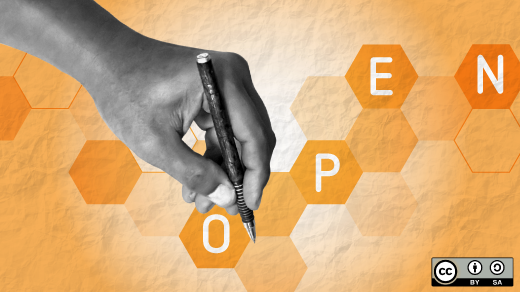As research publications increasingly become digital, it's essential to create a findable and unchanging electronic scholarly record. Researchers are probably familiar with the digital object identifier (DOI), which in URL form provides a persistent link to articles (and more). In addition, many libraries and publishers provide redundant archiving to ensure scholarship is preserved over the long term; however, making sure other types of links in articles work and that a linked webpage represents what the author saw when it was cited is also important. Thinking about my own recent publications, there are probably some links that won't work five (let alone 20) years from now, or links resolving to webpages that will be changed and won't accurately represent what I was referencing at the time.
These problems are usually referred to as link rot and reference rot. Link rot means a URL can no longer be found (e.g., your browser returns a 404 error); reference rot means the information cited at a URL either disappeared or changed.
Research shows that 50% of the links in Supreme Court decisions from 1996-2010 had reference rot. In scholarly content, one in five articles suffers from reference rot and three-fourths of uniform resource identifier (URI) references lead to changed content, which researchers say raises "significant concerns regarding the long-term integrity of the web-based scholarly record." In this era of fact checking and "fake news," stabilizing the evidence base built in peer-reviewed articles is more important than ever.
Perma.cc: archiving research on the web
Some journals are aware of these issues, and some authors are trying to work around them by including URLs from the Internet Archive's Wayback Machine in their manuscripts. However, Perma.cc is working to address this problem in a focused way by enabling scholars and others to archive webpages for research purposes. Users can archive, manage, and annotate an unlimited number of webpages and create persistent shortlinks to include in their citations.
Perma.cc was built by Harvard's Library Innovation Lab, and in alignment with its focus on preservation, the service has a contingency plan and is also open source. It's free to use and supported by libraries.
How to cite a Perma.cc link
There are various ways to include a Perma.cc link in a citation or footnote, depending on the citation style you are using, but a general recommendation is to include the original URL, followed by "archived at" and the Perma.cc shortlink. For example:
36. Scott Althaus & Kalev Leetaru, "Airbrushing History, American Style," Cline Center for Democracy (Nov. 25, 2008), http://www.clinecenter.illinois.edu/airbrushing_history, archived at http://perma.cc/G8PW-798L.
If you click on the Perma.cc link above, you can see how the webpage looked when it was archived. In addition, the time of capture is recorded, there's a link to the live page, and you can download the archive file (under "show record details").
Perma.cc is intended for non-commercial scholarly and research purposes that do not infringe or violate any copyrights or other rights. Archived webpages should be freely available without payment or registration. Additionally, for webpages that employ a "noarchive" restriction, Perma.cc archives these pages but makes them private. In other words, the shortlink can be shared, but it is available only to the researcher and upon request.
Advantages
There are some advantages to using Perma.cc over the Wayback Machine (and the Internet Archive is a supporting partner of Perma.cc). Perma.cc provides a more thorough and accurate capture in two forms: a web archive file (WARC) and a screenshot (PNG). Perma.cc also provides persistent shortlinks that are more convenient for citing, and enables researchers to manage the links with folders, annotation, and public/private control.
Other features of the Perma.cc system include:
- researchers are added as organizations and can add other users within that organization, such as lab members or collaborators;
- a bookmarklet and extension are available for easy use in a browser (users must be logged in); and
- links can be deleted within 24 hours
For more information, see the Perma.cc user guide, particularly creating Perma.cc records and links and the FAQ.
This was republished with permission from Open@VT, a Virginia Tech University Libraries blog.







1 Comment